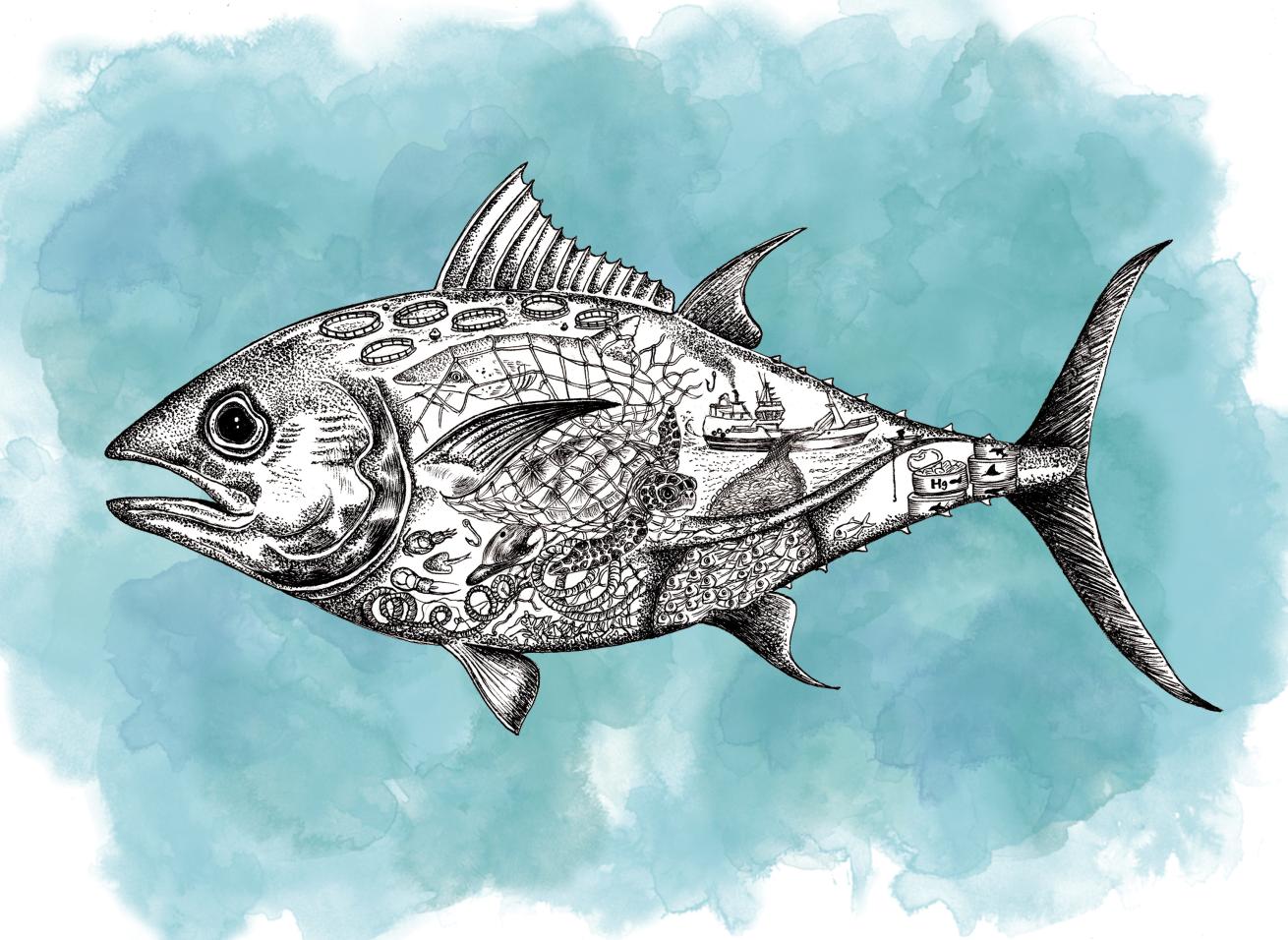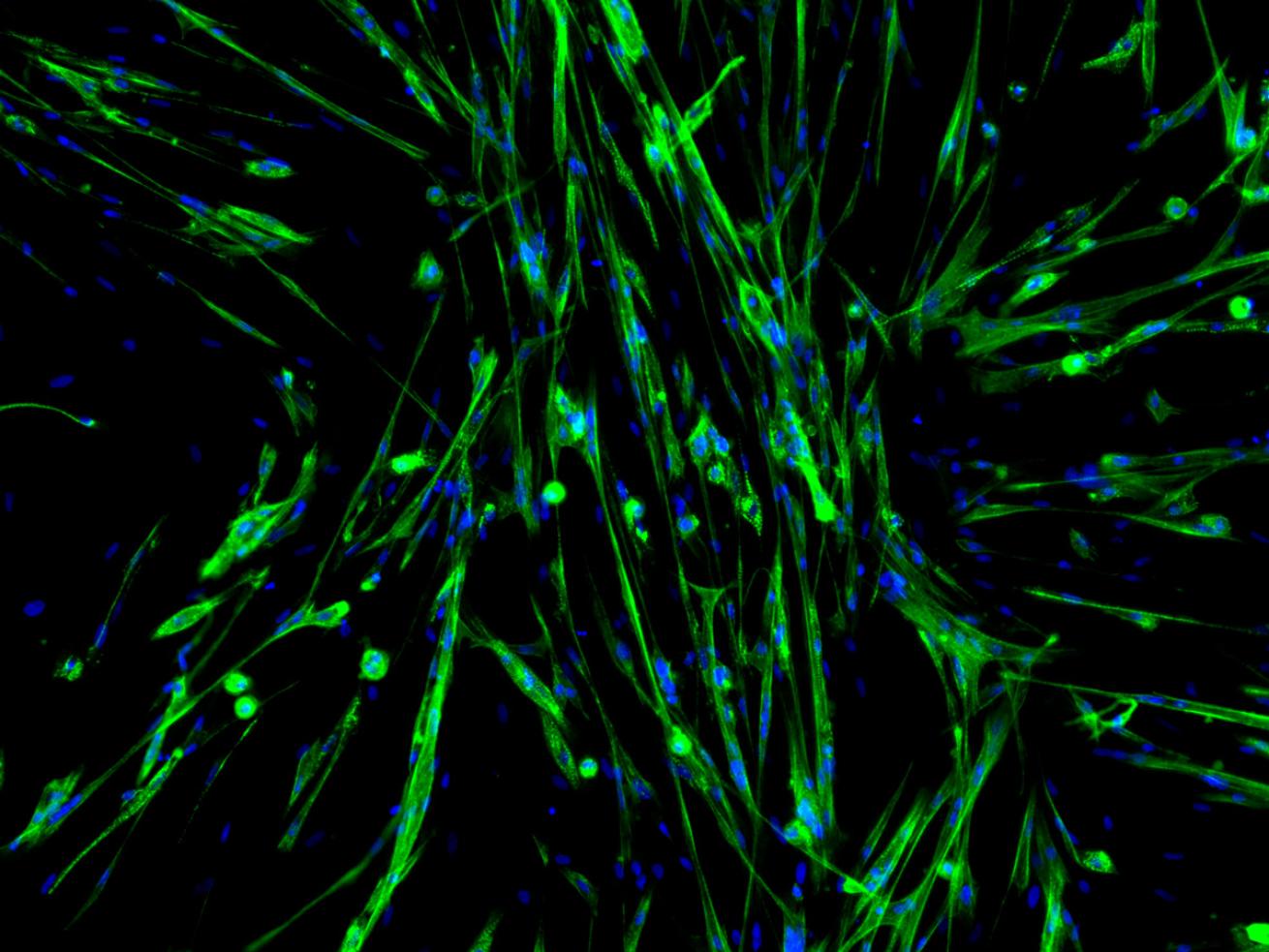What's for Dinner? A Diver's Guide to Seafood

RACHEL BROOKS.
Seafood is a significant source of protein for about 3 billion people and is enjoyed by billions more. About half of that seafood comes from traditional fishing and half from aquaculture.
Robert Jones, aquaculture director for the Nature Conservancy, says that whether we choose to eat wild or farmed fish, our seafood choices have an effect on nature. “Wild fisheries are catching too much. Our oceans are producing at their maximum. Aquaculture can affect wild fish stocks, water quality and habitat.”

COURTESY MIND BLOWNA plant-based crab cake made by Mind Blown, a company aiming to provide more sustainable options with seafood alternatives.
Divers seeking a more sustainable diet can start by investigating how seafood choices affect the planet, says Paolo Bray, founder and director of sustainability certification organization Friend of the Sea. For example, eating mollusks—mussels, clams, scallops, oysters—has little negative impact. “Farmed at sea they provide habitat and enhance biodiversity. They don’t need feed and actually filter the water.”
Eating low on the food chain can also lower your impact—small fish like anchovies and sardines have a shorter life cycle and recover faster from fishing pressure.
Search for independent certification programs such as the Aquaculture Stewardship Council (ASC) and guides like Monterey Bay Aquarium’s Seafood Watch program to find foods produced with good management practices. If you don’t see a certification, ask. Asking for sustainable seafood encourages businesses to offer it.

COURTESY BLUENALU.
Wild-Caught Seafood
Food production must increase by 70 percent by 2050 to feed a growing population, yet the wild-caught seafood industry cannot keep up with increasing demand. Ninety percent of fisheries are at capacity or overfished. In addition to overfishing, the industry faces issues with mislabeling, human rights abuses and by catch—nontarget species that are captured. Jones recommends U.S.-produced wild-caught (and farmed) seafood. “While the U.S. seafood system is not without its challenges, it remains one of the strongest and most regulated in the world.”
Related Reading : “Kelping” the Earth
Aquaculture
Unlike wild fisheries, fish farming operations are growing dramatically, says ASC’s Sophia Balod. And if managed responsibly, they could meet global demand and reduce pressure on wild fish stocks.
“Aquaculture is a more efficient way of producing animal protein from aquatic species compared to most other fishing activities,” Bray says. “Fish farming techniques have improved significantly and continue to reduce the impact of producing seafood.”
But poorly managed aquaculture can destroy natural habitat, pollute water systems and introduce disease. Fish that escape from farms in the sea can also disrupt wild populations. Some farmed fish are fed wild fish, which does not reduce the demand on wild stocks. And the conditions on fish farms can be miserable for fish—sentient beings that explore, feel pain and play, much like other animals.

COURTESY BLUENALUA close-up of differentiated bluefin tuna muscle cells that can be used to create cellcultured bluefin tuna nigiri sushi (above).
Seafood Alternatives
Many divers are choosing to forgo seafood entirely. There are now plant-based and cultured cell-based products available. Sometimes, the environmental benefits are clear; plant-based salmon, for example, likely won’t affect wild salmon stocks or coastal water quality. But Jones stresses that consumers must look at how these products are produced, and their ingredients, which can have impacts such as carbon emissions.
Many of these companies were created by people motivated to protect our seas, though. Monica Talbert, co-founder of plant-based Mind Blown seafood, saw unsustainable practices in the seafood industry and decided to be part of the solution. “We felt a responsibility to be stewards of the ocean. We don’t tell people to stop eating fish, but choosing an alternative maybe a third of the time could have a huge impact by taking pressure off oceans.”
Cell-cultured products have also gained a lot of steam in recent years. “A third of human-made emissions come from the food system,” says Shannon Cosentino Roush at Finless Foods, a California-based company working to create “cell-based” seafood—fish meat cultured in a lab. “Changing that may be one of the quickest ways to reduce our carbon footprints.”
Related Reading : Divers Cull the Tide of Urchins to Help Save Kelp
“Part of our mission is to keep more fish in our seas and rivers. Once we develop a cell line, we don’t have to harvest any more live fish,” says Ben Friedman, of a cell- based seafood company called Wildtype Foods. “Cell-cultured fish grow about 10 times faster than traditional aquaculture.”
Cell-cultured products offer the taste and nutrition of seafood without microplastics or environmental pollutants, adds Lou Cooperhouse, CEO of BlueNalu Foods, which is creating cell-cultured bluefin tuna. It also could reliably supply a consistent product, something no longer possible with wild-caught bluefin.
9 Tools For Finding Sustainable Seafood
Wild-Caught And Farmed Fish
Seafood Watch This program rates wild-caught and farmed species as Best Choice, Certified, Good Alternative or Avoid. Download printable guides or view them digitally at seafood watch.org.
Friend Of The Sea Certifies sustainable wild-catch fisheries, retailers, and restaurants and aquaculture operators. Search under “Certifications” at friendofthesea.org.
Natural Catch Tuna Tuna fi llets caught using pole-and-line fishing methods. A six-pack of 4.4-ounce cans can be bought online at naturalcatchtuna.com for $29.95.
Aquaculture Stewardship Council Certification based on best practices and science-based reviews with audits by independent certifiers. Look for the ASC label when shopping or search “Find a Product” at asc-aqua.org.
Plant - Based Products
Mind Blown Plant-based crab cakes, dusted scallops and crunchy shrimp. Store locator and online sales at plantbasedseafoodco.com.
Finless Foods Plant-based tuna available through food distribution companies, including Gordon Food Service. finlessfoods.com
Good Catch Foods Plant-based salmon burgers, fish sticks and fish fi llets. Search for stores and restaurants at goodcatchfoods.com.
Cell - Based Products
Wildtype Foods Cell-cultured salmon on a plant-based scaffold. Expecting FDA approval this year. wildtypefoods.com
Bluenalu Cell-cultured bluefi n tuna. Approvals are expected in U.S. and Singapore by next year. bluenalu.co










